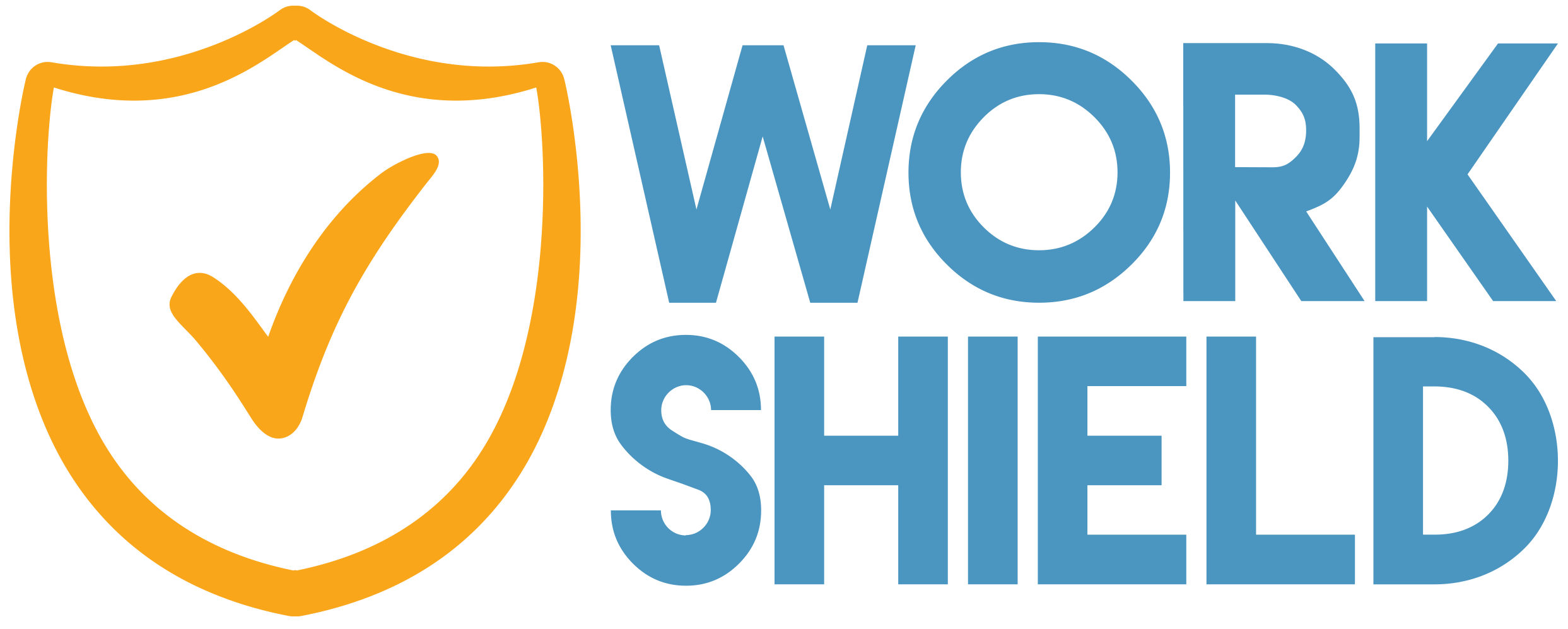When workplace misconduct is poorly investigated, it can be catastrophic for both employees and the organization. This can foster a culture of mistrust, with employees feeling unsafe and unheard, oftentimes choosing to leave the organization. In fact, 34% of employees cited the failure to address harassment concerns as their reason for quitting. Not to mention, without taking appropriate actions, perpetrators may never be held responsible for their wrongdoings – sending a message to employees that their concerns are not taken seriously.
To maintain a safe working environment, here are three tips to effectively manage workplace investigations.
- Encourage Transparency: Starting at the top, leaders and managers should model honest communication in every interaction with employees – encouraging open dialogue and actively listening to employee feedback and concerns. This will foster a culture of accountability and trust to prevent future incidents of misconduct from occurring. It’s also important for organizations to provide tools and solutions that support transparency. Utilizing an effective and efficient incident management platform like Work Shield can ensure that employees are able to safely report any concerns or incidents of misconduct, while providing transparency to employers about the cultural health of their organization.
- Establish Training Programs: Employers should provide training on communication skills, misconduct prevention, how to report misconduct and how to handle difficult conversations. These training sessions should be evergreen – not just a one-time occurrence to “check the box.” Regular sessions can also make sure information is reinforced and stays fresh in employees’ minds, so every individual is aware of how to report issues if they experience misconduct and what to expect as part of that process, ensuring employees are well-equipped and supported in these difficult situations.
- Recognize and Reward Upstanders: Bystanders who remain silent in the face of misconduct contribute to the problem. The saying “if you see something, say something” still stands as a golden rule in life – especially in managing workplace misconduct. When upstanders are rewarded, it reinforces the behavior, encouraging others to follow suit and letting employees know that positive behavior is valued – and toxicity is not.
At Work Shield, we recognize the vital role that investigations play in reaching resolutions for workplace misconduct incidents. Organizations should be proactive in their approach to incident management, ensuring they have the proper solutions in place, as well as ongoing training and protocols. By utilizing Work Shield’s full-service misconduct management solution, organizations can reduce their risk, save resources and increase their organization’s cultural health, while reinforcing that toxicity and misconduct will not be tolerated in the workplace.
Learn more about Work Shield’s incident management solution here.





